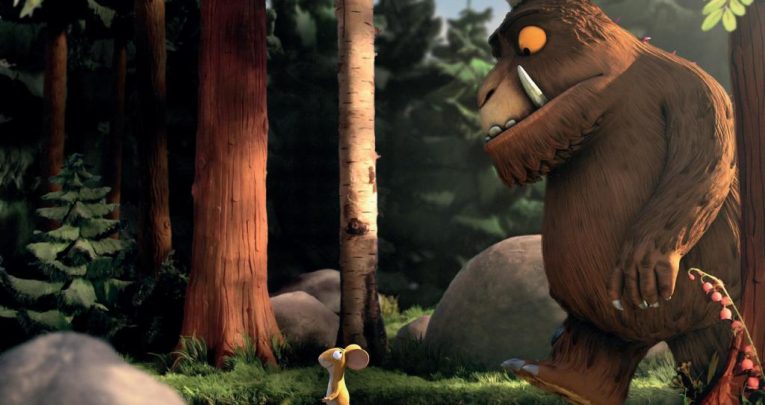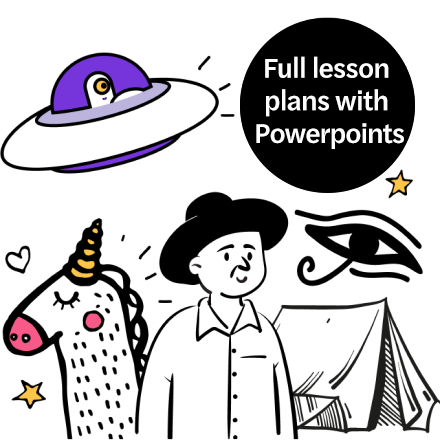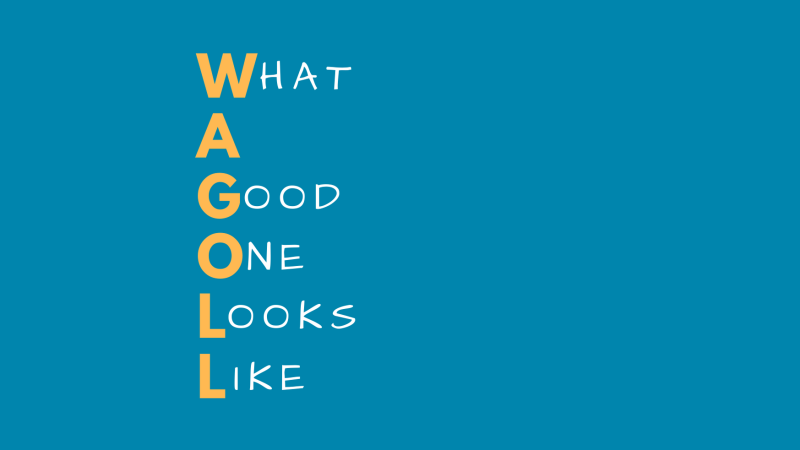Discover New Ways To Teach Literacy Through Film

Movies make a great end of term treat – and a powerful tool for teaching literacy all year long, says Jane Fletcher

Film – a medium that is accessible and appealing to all – is often overlooked as a serious means for literacy learning. Many teachers have little formal training on how to integrate it into their practice, consequently its use is often limited to a starter activity or as an ‘addon’. Indeed, it can sometimes be perceived only as a way to engage reluctant or less able learners – however, feedback from those already working with the medium shows that when it’s placed at the heart of the curriculum, film can significantly improve literacy across the board.
For example, the Leeds Partnership Project: Improving Literacy Through Film (2014/15) – a programme developed to train lead practitioners in using film to support raising literacy across ten primary schools in Leeds – recorded a 96% improvement in average points’ progress in reading, and a 60% improvement in average points’ progress in writing in pupils regularly engaged with film watching and filmmaking.
The following film-based activities provide learners with opportunities to articulate their responses to text and demonstrate and develop their literacy skills. Why not try them with your Key Stage 1 and 2 pupils?
THE 3Cs & 3Ss
The 3Cs (colour, character, camera) and the 3Ss (story, setting, sound) are features of all film texts. They can be used as a basis to deconstruct or construct any text, and build on pupils’ prior knowledge and engagement with a variety of visual media from a young age. A full list of useful 3Cs and 3Ss discussion questions can be found at intofilm.org/resources/127.
Activity one sound on/vision off
Pupils will
- Demonstrate and develop active listening skills
- Deduce and infer meaning and consider purpose of a film text through analysis of sounds
- Demonstrate prediction and encoding skills
1. Choose a short (maximum two minutes) sequence from a film – preferably one which contains a variety of different sounds and has little or no dialogue. Play the soundtrack, without images, twice through for pupils to listen to, encouraging them to identify the different sounds they hear.
2.Lead discussion using questions like: Is there music in the film? Are there moments of silence? Was it quiet/Was it loud? What instruments could you hear? Was it fast/ was it slow? Was there any speech/dialogue? How did the sounds make you feel?
3. Ask pupils to respond to the clip, by thinking about and writing down what they heard and what they would expect to see. Encourage pupils to consider all the Cs and Ss – what colours are they imagining? When will they see a close-up or an establishing shot? What characters will there be? What does the setting look like? Where and when is the story taking place? 4. Now ask pupils to demonstrate their ideas by drawing a picture of the scene and labelling it with descriptions of the sounds, using paper and colouring pencils or an app like Sketchbook Express.
5. Finally, watch the clip with the images. Take a still from the sequence and ask pupils to imagine this was a book, and to write the opening/closing paragraph or chapter to explain the story for the reader.
This activity will help learners to ‘hear’ sounds when they read and write, and support deeper analysis and construction of richer texts.
Activity two role on the wall
Pupils will
- Deduce and infer meaning about characters from film text
- Compare and contrast characters, and consider the purpose of a text by retrieving information from a film text
- Demonstrate prediction and encoding skills through writing and drama activities
1. Choose one or more short (maximum two minutes) sequences from a film, featuring a selection of characters you wish to focus on.
2. Before watching the clips provide learners with simple outline drawing of the characters – or create them together, perhaps by getting pupils to lie down on large sheets of paper and have their friends draw around them to make life-sized silhouttes that can be stuck to a wall.
3. Divide pupils into groups, and assign one character to each. Explain that you will be showing them film clips, and afterwards, you would like them to write words describing ‘their’ character on the matching picture. They should add words describing how the audience and other characters see them outside the outline, and words explaining how they see themselves, within it (alternatively, you may prefer to ask the whole class to focus on one character at a time and then compare and contrast them).
4. Ask groups to bring their annotated character outlines together, adding speech and thought bubbles to demonstrate how these characters interact – this can consolidate what pupils have seen in the film or support prediction.
5. The annotated character outlines can then be displayed in the classroom and serve as a aide-memoir for writing and drama activities. For example:
- A chat show or press conference with the characters.
- Creation of a character wordle, acrostic, poem or set of trading cards.
- Creation of a flash forward storyboard template to plan what the characters do after the film has ended. This can be developed into a simple film and/or a piece of writing.
This activity will help learners to visualise characters they read and write about, and develop an understanding of their ranges of thoughts, feelings and motivations. It supports pupils to consider and demonstrate how authors (including themselves) encode information to tell the audience about a character through their physical appearance, thoughts, speech and actions, and that these may change throughout a story.
Activity three shoebox set design
Pupils will
- Demonstrate and develop close listening and reading skills to retrieve information
- Evaluate structure and discuss language to decode a written text
- Encode meaning using all 3Cs and 3Ss
1. Choose a written piece of text that describes a setting and features one or more characters. You may choose a piece of fiction, a poem or a description of an historical event. 2. Ask pupils to close their eyes and listen to you read it aloud. Then ask for their initial ideas about what they ‘saw’ and ‘heard’ as you were reading. Use the 3Cs and 3S questions to lead discussion.
3. Now read the text again with pupils, providing them with a copy.
4. Explain that pupils are going to create the film set for this scene, using a shoebox and craft materials. Students should think about all Cs and Ss and encode their set with the meaning from the written text. The set should include characters and cameras that can move around (these can be created using card stuck onto pencils or figures like Lego).
5. Once the set is complete ask learners to take a series of photographs to demonstrate which shot would be used at each point. To complete this learners can break down the written text for themselves or you can provide the text divided into five or six manageable sections.
6. The photographs can be printed out with the text inserted underneath or assembled in a storyboard using an app like Comic Life.
7. Following this activity students could do it ‘in reverse’, working from a set of film stills, annotating them with a description and dialogue, and then developing ideas into a piece of extended writing.
This activity will help learners to visualise the texts they read, using the skills they have developed through watching film texts to construct a rich piece of writing including evidence of all the Cs and Ss.
Into action
Into film offers a wealth of free resources for primary literacy – here are five that would make a great starting point for exploration:
- Storymaker: The Gruffalo Edition (cross curricular activities and technical advice to support Into Film Storymaker: The Gruffalo Edition app, available from The App Store) intofilm.org/resources/133
- Book to Film (explores popular book adaptations on film) intofilm.org/resources/278
- Creating Effective Film Reviews: Primary intofilm.org/resources/108
- Roald Dahl on Film intofilm.org/resources/116
- Communication Symbols for Film Reviewing (for use in a SEN/ASN Setting) intofilm.org/resources/225
Into Film (intofilm.org) is a UK-wide education organisation which puts film at the heart of young people’s learning and personal development. For further training, resources and activities, book a free ‘Raising Literacy Attainment Through Film’ session for teachers at your school at intofilm.org/training










